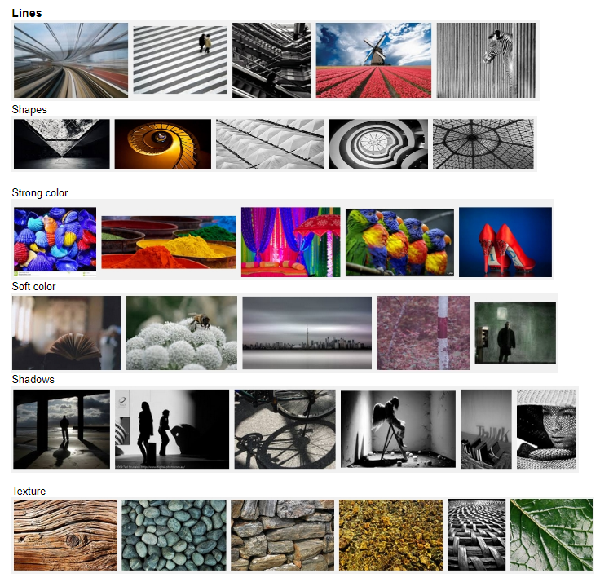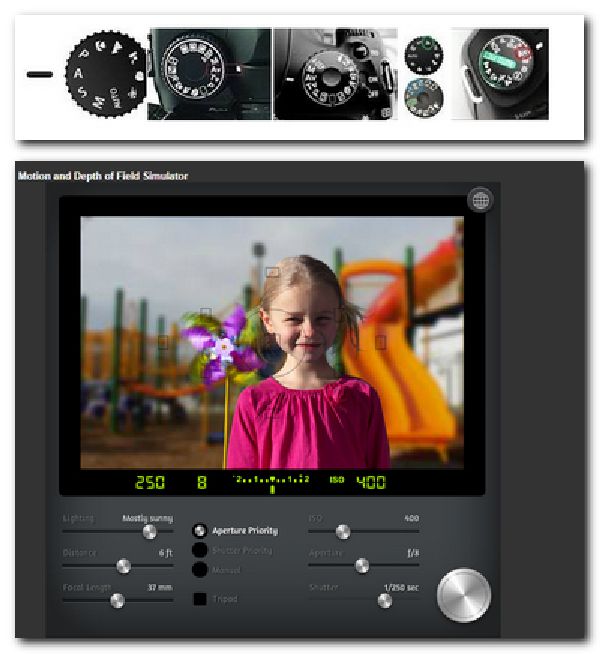
See - Compose Assignment
Photo One
As a photographer, you should look at the world with an awareness that most people take for granted or don't even notice.
You see the world in three dimensions, when you make a photograph you convert it into a two dimensionla image.
Our eyes and brain work together to capture the visual world around us. The eye has no boundaries; it scans the scene changing focus seamlessly. We are not consciously aware of the process. If we want to see something, we do. The images stream into our brain like a video image, constant and uninterrupted.
A photorapher uses the various controls on the camera to alter the captured image such as motion and selective focus.
Framing and perspective are choices a photogapher controls by selecting what will be in the image and what WON'T.
The camera captures the scene in a restricted rectangular frame. The photographer uses the window the camera looks through to decide where to place that frame.
When selecting the subject the photographer should be aware of components the can contribute to a strong image.
This is an exercise to have you look for these components that can make the image stronger.
Subject matter isn't important but careful composition is. Choose carefully what is in the image and what you crop out.
Try to make the image interesting by changing position and perspective. Try shooting the same subject up close at wide angle and from some distance with your zoom.

